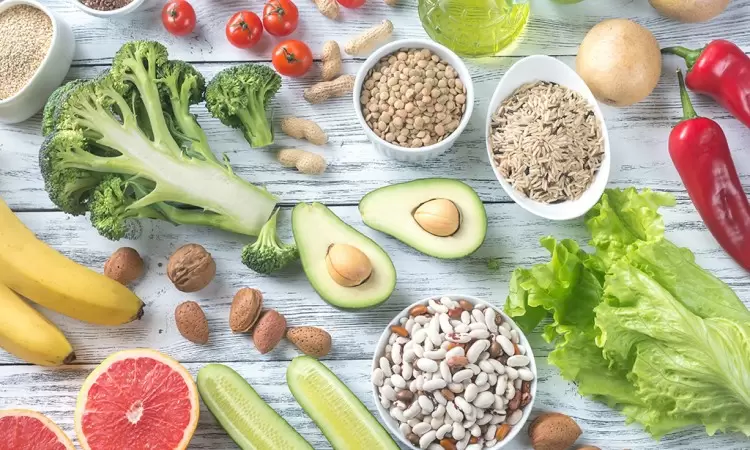-
Zdrowie
Zdrowie
-
Zdrowie
-
Bez recepty
-
Bez recepty
-
Alergia i katar sienny
-
Cukrzyca
- Menopauza
-
Mięśnie stawy i kości
- Na kaca
-
Oczy i uszy
-
Odchudzanie
-
Problemy skórne
- Prostata
-
Przeciwbólowe
-
Przeziębienie i grypa
-
Przeziębienie i grypa
- Ból gardła
-
Kaszel
-
Kaszel
- Mokry kaszel
- Suchy kaszel
-
-
Katar i zatoki
-
Katar i zatoki
- Woda morska
- Zatoki
-
- Preparaty na odporność
- Preparaty przeciwwirusowe
- Zapalenie ucha
-
- Rzuć palenie
-
Serce i układ krążenia
-
Serce i układ krążenia
- Cholesterol
- Hemoroidy
- Kwasy omega
- Nadciśnienie
- Obrzęki
- Wspomagające krążenie
- Wzmacniające serce
- Żylaki
-
-
Układ moczowy i płciowy
-
Układ moczowy i płciowy
- Infekcje i stany zapalne
- Kamica
- Nietrzymanie moczu
- Probiotyki ginekologiczne
- Suchość pochwy
- Środki moczopędne
-
-
Układ nerwowy
-
Układ odpornościowy
-
Układ pokarmowy
-
Witaminy i minerały
-
Witaminy i minerały
- Antyoksydanty
- Chrom
- Cynk
- Dla kobiet
- Dla mężczyzn
- Dla seniora
- Elektrolity
- Koenzym Q10
- Kolagen
- Kompleks witamin i minerałów
- Magnez
- Potas
- Selen
- Wapń
- Witamina A
- Witaminy A+E
- Witamina B1
- Witamina B12
- Witamina B3
- Witamina B6
- Witamina C
- Witamina D
- Witamina K
- Witaminy K i D
- Witaminy z grupy B
- Żelazo
- Żeń Szeń
-
-
- Herbaty Napary Zioła Soki
-
Higiena jamy ustnej
-
Higiena jamy ustnej
- Afty i pleśniawki
- Nieświeży oddech
- Pasty i płyny do płukania ust
-
Protezy
- Próchnica zębów
- Schorzenia jamy ustnej
- Suchość w jamie ustnej
-
Szczoteczki i nici dentystyczne
-
Szczoteczki i nici dentystyczne
- Końcówki do szczoteczek
- Nici dentystyczne
- Skrobaczki do języka
- Szczoteczki manualne
- Szczoteczki soniczne i elektryczne
-
- Wybielanie zębów
- Zapalenie dziąseł i parodontoza
-
- Homeopatia
- Leki na receptę
- Potencja
-
Seks i zdrowie intymne
-
Siłownia Fitness
-
Siłownia Fitness
- Aminokwasy
- Detoks
- Kreatyna
- L karnityna
-
Odżywki
-
Odżywki
- Odżywki białkowe
-
- Witaminy dla sportowców
-
-
Włosy, skóra, paznokcie
-
Włosy, skóra, paznokcie
- Nutrikosmetyki
-
-
Zdrowa żywność
-
-
Uroda
Uroda
-
Uroda
- Aromaterapia
-
Artykuły kosmetyczne
- Golenie i depilacja
-
Kosmetyki i akcesoria do kąpieli
-
Kosmetyki i akcesoria do kąpieli
- Emulsje i płyny
- Kremy pianki i mleczka
- Olejki i sole
- Pianki i galaretki
-
Żele i mydła
-
- Kosmetyki Naturalne
-
Makijaż
-
Manicure i pedicure
-
Pielęgnacja ciała
-
Pielęgnacja ciała
- Antyperspiranty i dezodoranty
- Atopowe zapalenie skóry
- Maseczki kuracje peelingi
- Nawilżanie odżywianie i regeneracja
-
Ochrona przeciwsłoneczna
-
Ochrona przeciwsłoneczna
- Kosmetyki po opalaniu
- Oparzenia słoneczne
- Samoopalacze i kosmetyki brązujące
-
- Olejki i mgiełki
- Pielęgnacja biustu
- Rozstępy i cellulit
- Skóra wrażliwa i z problemami
- Ujędrnianie i modelowanie sylwetki
-
-
Pielęgnacja i stylizacja włosów
-
Pielęgnacja i stylizacja włosów
-
Kosmetyki do pielęgnacji włosów
-
Kosmetyki do pielęgnacji włosów
- Lotiony
- Maski
- Nafty kosmetyczne
- Odżywki
- Olejki
- Peelingi trychologiczne
- Serum
- Szampony
- Wcierki
-
-
Stylizacja i akcesoria
-
Stylizacja i akcesoria
- Szczotki
-
- Suplementy na zdrowe włosy
- Włosy blond
- Włosy ciemne
- Włosy farbowane i z pasemkami
- Włosy przetłuszczające się
- Włosy suche zniszczone i wypadające
- Włosy z łupieżem
- Wrażliwa skóra głowy
-
-
Pielęgnacja twarzy
-
Pielęgnacja twarzy
-
Demakijaż i oczyszczanie
- Hydrolat
- Kosmetyki na noc
- Kosmetyki na trądzik
- Kosmetyki tonujące
- Kosmetyki z filtrem SPF
- Kremy do twarzy
- Maski do twarzy
- Olejki do twarzy
- Paski i plastry oczyszczające
- Peelingi do twarzy
-
Pielęgnacja oczu rzęs i brwi
- Serum do twarzy
- Skóra normalna mieszana i trądzikowa
- Skóra sucha wrażliwa i z naczynkami
- Toniki do twarzy
- Wazeliny
- Wody termalne
- Zmarszczki i przebarwienia
-
-
-
Mama i dziecko
Mama i dziecko
-
Mama i dziecko
-
Akcesoria
-
Akcesoria do kąpieli dzieci
-
Artykuły higieniczne dla dzieci
-
Artykuły higieniczne dla dzieci
- Patyczki higieniczne
- Płatki kosmetyczne
- Pranie i czyszczenie ubrań
-
Przewijanie
-
-
Ciąża i karmienie piersią
-
Dla dzieci i niemowląt
-
Dla dzieci i niemowląt
- Biegunka
- Ciemieniucha
-
Uklad pokarmowy
-
Uklad pokarmowy
- Ból brzucha
-
-
Witaminy i minerały
-
Witaminy i minerały
- Magnez
- Wapno dla dzieci
- Witamina C
- Witamina D
- Witamina D i K
- Zestawy witamin
- Żelazo
-
- Wszy i gnidy
-
Wzdęcia kolki i zaparcia
- Ząbkowanie
-
Zdrowie dziecka
-
Zdrowie dziecka
-
Ból gorączka i przeziębienie
-
Ból gorączka i przeziębienie
- Czopki
- Przeziębienie
- Syropy na gorączkę
-
- Choroba lokomocyjna
-
Gardło
-
Kaszel
-
Katar
- Maści rozgrzewające
-
Odporność dziecka
-
Odporność dziecka
- Tran i kwasy omega
-
- Pamięć i koncentracja
- Probiotyki
- Układ moczowy
- Urazy
- Wyciszenie i uspokojenie
-
-
-
Dla mamy
-
Karmienie
-
Kosmetyki dla dziecka
-
Kosmetyki dla mamy
-
Wspomaganie płodności
- Wyprawka dla mamy i malucha
- Zabawki
-
Zdrowie w ciąży
-
-
Sprzęt medyczny
Sprzęt medyczny
-
Sprzęt medyczny
-
Ciśnieniomierze
-
Ciśnieniomierze
- Akcesoria do ciśnieniomierzy
-
-
Diagnostyka i badania
-
Dla diabetyków
- Gruszki wlewniki gumowe
-
Inhalatory
-
Inhalatory
- Akcesoria do inhalatorów
-
-
Irygatory
- Nawilżacze powietrza
- Poduszki Maty rozgrzewające
- Pulsoksymetry
- Soczewki kontaktowe i akcesoria
- Sprzęt rehabilitacyjny
- Strzykawki
- Termofory
-
Termometry
- Usuwanie kleszczy
- Wagi
-
-
Art higieniczne
Art higieniczne
-
Art higieniczne
-
Akcesoria higieniczne
-
Akcesoria higieniczne
- Chusteczki nawilżane
- Nawilżany papier toaletowy
- Patyczki higieniczne
- Płatki i waciki
-
-
Apteczki i materiały opatrunkowe
-
Artykuły medyczne i rehabilitacyjne
-
Artykuły medyczne i rehabilitacyjne
- Bańki bezogniowe
-
Opaski ortopedyczne
- Podkłady higieniczne
- Pojemnik na leki
- Pończochy uciskowe
- Taśmy do kinesiotapingu
- Temblak
-
- Chemia gospodarcza
-
Dezynfekcja
-
Higiena Intymna
- Maski ochronne
- Pieluchomajtki dla dorosłych
- Stopery do uszu
-
Testy diagnostyczne
-
-
Zestawy
-
Dla Niego
Dla Niego
- Nowości
- Krótkie daty
- Panawit
- Żywienie Medyczne
- Apteka Wapteka
- Zdrowie
- Bez recepty
- Witaminy i minerały
- Kompleks witamin i minerałów
- Naturell Kompleks Ve...
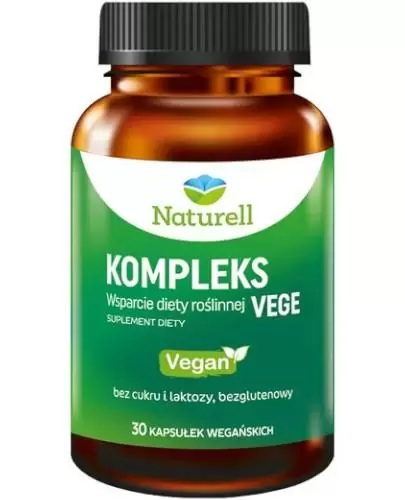
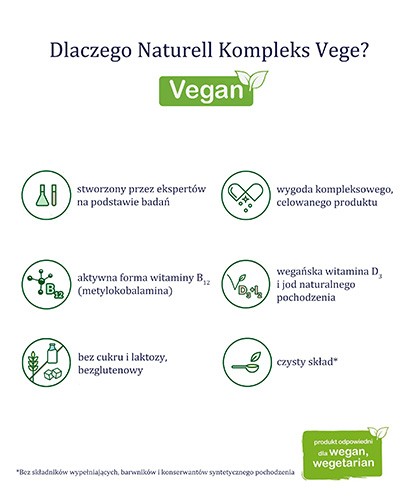
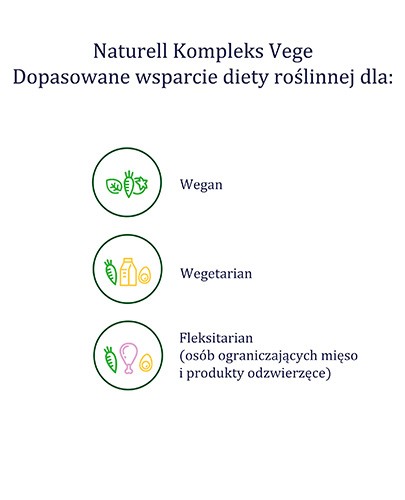
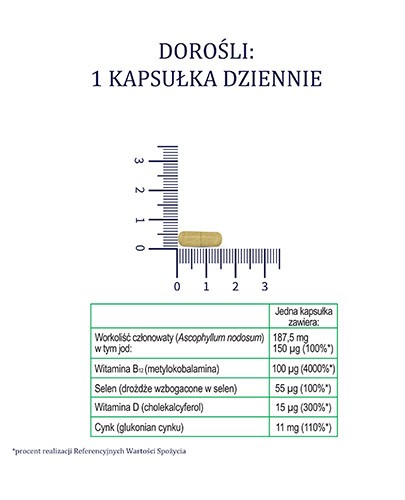
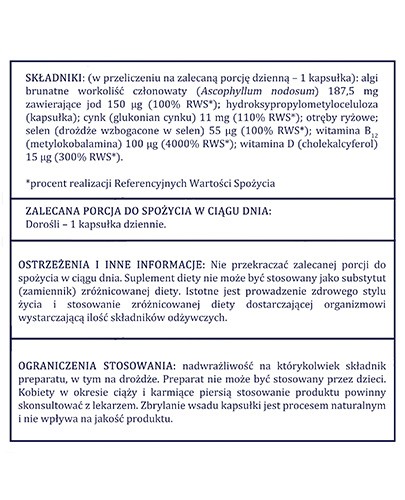
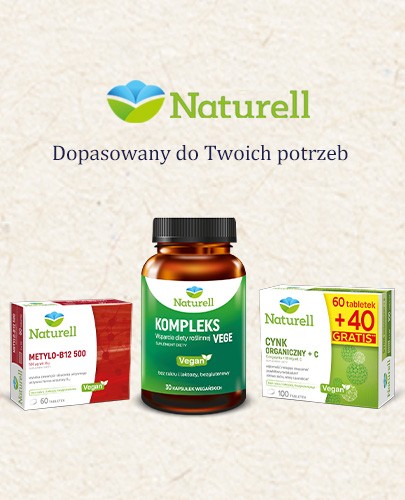






Naturell Kompleks Vege 30 kapsułek
ul. Poleczki /35, 02-822 Warszawa
Wysyłka w 24h
Dostawa za 0 zł
Kwota darmowej dostawy jest uzależniona od rodzaju produktów i metody dostawy.
Sprawdź szczegóły
tutaj.
Formy Płatności i Koszty Dostawy
Formy dostawy:
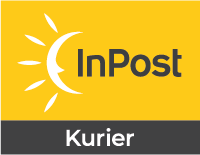

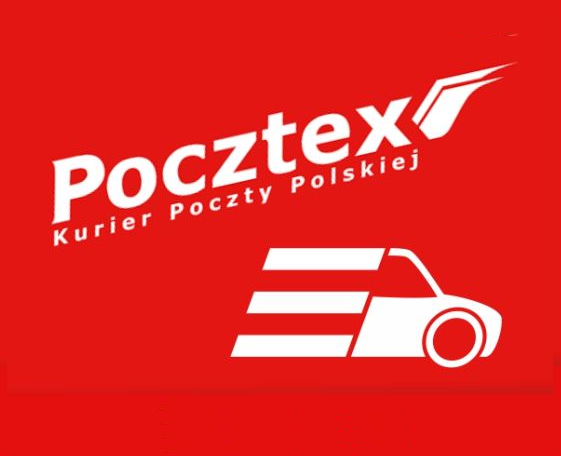
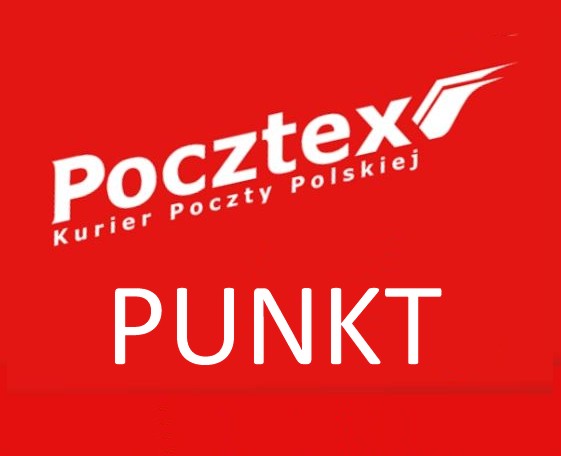
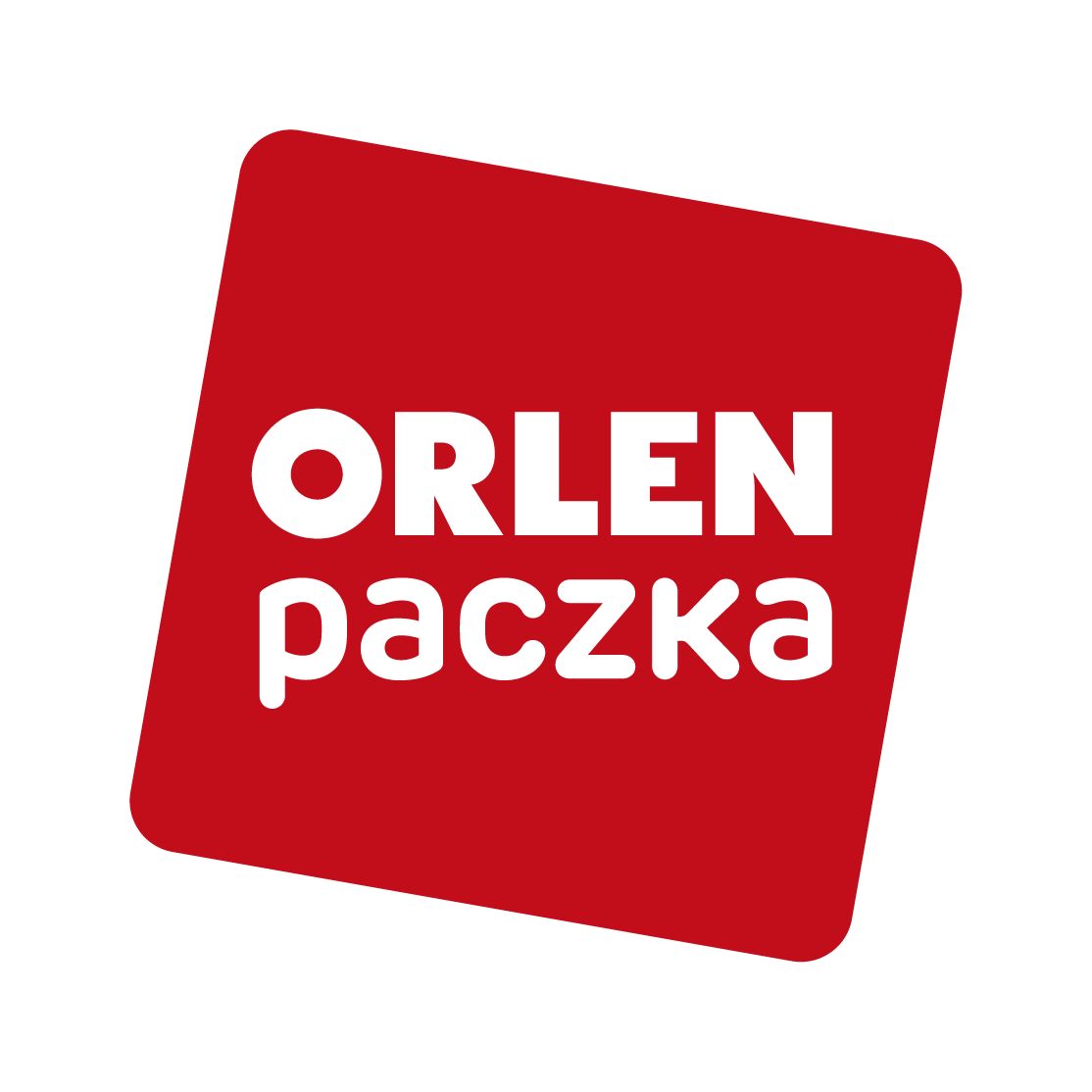




Formy płatności:




Opis

KOMPLEKS
VEGE


organiczne
i roślinne
składniki2

dla wegan
i wegetarian
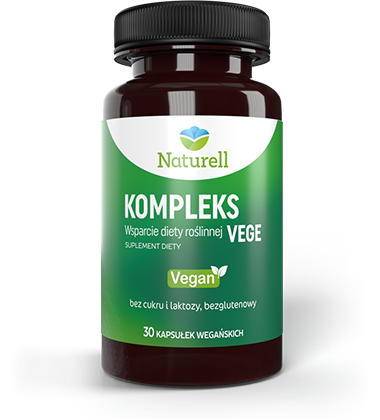

mineralnych uzupełniających
dietę roślinną

wegetariańskiej i fleksitariańskiej
(ograniczającej spożycie mięsa)

dobrane przez ekspertów
na podstawie analizy badań
i doniesień o podaży składników
w diecie roślinnej
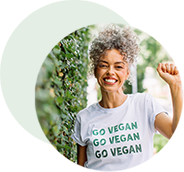


spożycie mięsa i produktów
odzwierzęcych
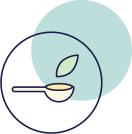
Zadbaliśmy o brak substancji wypełniających,
barwników i konserwantów syntetycznego
pochodzenia. W wegańskiej kapsułce
znajdziesz składniki aktywne, bez zbędnych
dodatków.

Postawiliśmy na aktywne, metylowane,
organiczne i roślinne składniki:
• aktywna, metylowana wit. B12
• organiczny cynk i selen o wyższej
biodostępności3
• naturalna i wegańska wit. D3 z porostów
i jod z alg
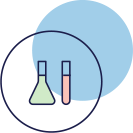
ekspertów
Składniki i ilości opracowane przez
ekspertów na co dzień pracujących
z osobami na diecie roślinnej. Zostały
wybrane tylko te substancje, których
zawartość jest niska w diecie wegańskiej
i wegetariańskiej – unikano składników,
w które bogata jest dieta roślinna.

odpowiednie składniki
w 1 kapsułce
Wybierasz celowany preparat – 1 kapsułka
z kluczowymi składnikami w zastępstwie 5
różnych tabletek.

w harmonii


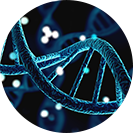
(metylokobalamina)
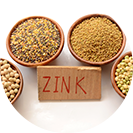
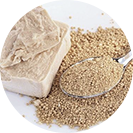
naturalnego
w postaci związku organicznego
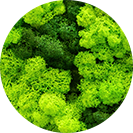
witamina D3
chrobotka reniferowego (Cladonia rangiferina)

roślinnego pochodzenia
w tym jod:
150 µg (100%*)
(metylokobalamina)
(drożdże wzbogacone w selen)
(w przeliczeniu na zalecaną porcję dzienną – 1 kapsułka): algi brunatne workoliść członowaty (Ascophyllum nodosum) 187,5 mg zawierające jod 150 µg (100% RWS*); hydroksypropylometyloceluloza (kapsułka); cynk (glukonian cynku) 11 mg (110% RWS*); otręby ryżowe; selen (drożdże wzbogacone w selen) 55 µg (100% RWS*); witamina B12 (metylokobalamina) 100 µg (4000% RWS*); witamina D (cholekalcyferol) 15 µg (300% RWS*).
1 kapsułka dziennie.
i karmiące piersią stosowanie produktu powinny skonsultować z lekarzem.
Zbrylanie wsadu kapsułki jest procesem naturalnym i nie wpływa na jakość produktu.

Są to:
Witamina B12
Praktycznie nie występuje w świecie roślinnym, a jej głównym źródłem są produkty pochodzenia zwierzęcego.
Jej aktywna forma – metylokobalamina – w odróżnieniu od cyjanokobalaminy to forma naturalnie występująca w ludzkim organizmie i żywności. Cechuje ją wyższa biodostępność, w porównaniu do cyjanokobalaminy4.
Witamina D3
Wyniki kilku badań wykazały, że weganie ze względu na ograniczone spożycie pokarmów zwierzęcych są bardziej narażeni na niedobory witaminy D i wapnia w diecie niż osoby jedzące mięso, szczególnie w miesiącach zimowych5,6.
Selen
Czynnikiem ułatwiającym przyswajanie selenu z pożywienia jest m.in. białko (metionina), stąd dostępność selenu z diety w warunkach niedoborów białka spada7. Badania sugerują, że istnieje większa tendencja do niskiego spożycia selenu u wegan8-10.
Cynk
Jest szeroko dostępny w żywności pochodzenia roślinnego, ale nie jest łatwo przyswajalny11. Sugeruje się, że wegetarianie mogą potrzebować spożywać do 50% więcej cynku niż nie-wegetarianie ze względu na jego słabą biodostępność11.
Jod
Zawartość jodu w pokarmach roślinnych jest niska ze względu na wyjątkowo niskie stężenie jodu w glebie w wielu krajach12. Przegląd piśmiennictwa wskazuje, że u wegan i wegetarian, którzy nie spożywają suplementów jodu i produktów morskich, spożycie jodu w diecie jest niewystarczające13,14.


Należy pamiętać, że zbyt duże spożycie wapnia może być szkodliwe dla zdrowia18. Wiele świadomych osób będących na diecie roślinnej spożywa produkty fortyfikowane w wapń, dlatego ewentualne ilości suplementowanego wapnia powinny być dobierane indywidualnie.

Wśród kwasów omega-3 najbardziej pożądane są EPA i DHA, jednak jeśli będą pochodzić z ryb lub kryla, to nie zostaną zaakceptowane przez wegan. Jednocześnie kwasy omega-3 pochodzenia roślinnego (np. z oleju lnianego) to głównie kwas alfa-linolenowy (ALA), który jest łatwo dostępny w diecie i zazwyczaj nie wymaga suplementacji. Dlatego racjonalnym rozwiązaniem jest spożywanie EPA i DHA z alg morskich.
2. Naturell Kompleks Vege zawiera aktywną, metylowaną witaminę B12 w postaci metylokobalaminy, organiczny cynk i selen naturalnego pochodzenia w formie organicznej. W produkcie znajduje się wegańska witamina D3 naturalnego pochodzenia z porostu – chrobotka reniferowego oraz jod pozyskany z alg.
3. Niż te w formie nieorganicznej. Cynk: Wegmüller R., [et al.], Zinc Absorption by Young Adults from Supplemental Zinc Citrate Is Comparable with That from Zinc Gluconate and Higher than from Zinc Oxide, J. Nutr. 144: 132–136, 2014. Selen: Gertig H., Przysławski J., Bromatologia. Zarys nauki o żywności i żywieniu, Wydawnictwo Lekarskie PZWL, Warszawa 2006.
4. W porównaniu do cyjanokobalaminy. Źródło: Cristiana Paul, Comparative Bioavailability and Utilization of Particular Forms of B12 Supplements With Potential to Mitigate B12-related Genetic Polymorphisms, Integrative Medicine, Vol. 16, No. 1, February 2017.
5. Crowe, F.L.; Steur, M.; Allen, N.E.; Appleby, P.N.; Travis, R.C.; Key, T.J. Plasma concentrations of 25-hydroxyvitamin D in meat eaters, fish eaters, vegetarians and vegans: Results from the EPIC-Oxford study. Public Health Nutr. 2011, 14, 340–346, doi:10.1017/S1368980010002454.
6. DeLuca HF (2004) Overview of general physiologic features and functions of vitamin D. Am J Clin Nutr 80, 1689S–1696S.
7. Panel, E. & Nda, A. Scientific Opinion on Dietary Reference Values for selenium. EFSA J. 12, 1–67 (2014).
8. Schupbach, R.; Wegmuller, R.; Berguerand, C.; Bui, M.; Herter-Aeberli, I. Micronutrient status and intake in omnivores, vegetarians and vegans in Switzerland. Eur. J. Nutr. 2017, 56, 283–293, doi:10.1007/s00394-015-1079-7.
9. Elorinne, A.L.; Alfthan, G.; Erlund, I.; Kivimaki, H.; Paju, A.; Salminen, I.; Turpeinen, U.; Voutilainen, S.; Laakso, J. Food and nutrient intake and nutritional status of Finnish vegans and non-vegetarians. PLoS One 2016, 11, 1–14, doi:10.1371/journal.pone.0148235;
10. Sobiecki, J.G.; Appleby, P.N.; Bradbury, K.E.; Key, T.J. High compliance with dietary recommendations in a cohort of meat eaters, fish eaters, vegetarians, and vegans: results from the European Prospective Investigation into Cancer and Nutrition–Oxford study. Nutr. Res. 2016, 36, 464–477, doi:10.1016/j.nutres.2015.12.016.
11. Hunt, J.R. Moving toward a plant-based diet: Are iron and zinc at risk? Nutr. Rev. 2002, 60, 127–134, doi:10.1301/00296640260093788.
12. Park YK, Harland BF, Vanderveen JE, Shank FR, Prosky L: Estimation of dietary iodine intake of Americans in recent years. J Am Diet Assoc 1981;79:17–24.
13. Lightowler HJ, Davies GJ: Sources of iodine in the vegan diet. Proc Nutr Soc 1996;55:13.
14. Draper A, Lewis J, Malhotra N, Wheeler E: The energy and nutrient intakes of different types of vegetarians, a cause for supplements? Br J Nutr 1993;69:3–19.
15. Chen, C.; Chaudhary, A.; Mathys, A. Dietary change scenarios and implications for environmental, nutrition, human health and economic dimensions of food sustainability. Nutrients 2019, 11, 1–21, doi:10.3390/nu11040856.
16. Elorinne, A.L.; Alfthan, G.; Erlund, I.; Kivimäki, H.; Paju, A.; Salminen, I.; Turpeinen, U.; Voutilainen, S.; Laakso, J. Food and nutrient intake and nutritional status of Finnish vegans and non-vegetarians. PLoS One 2016, 11, 1–14, doi:10.1371/journal.pone.0148235.
17. Kristensen, N.B.; Madsen, M.L.; Hansen, T.H.; Allin, K.H.; Hoppe, C.; Fagt, S.; Lausten, M.S.; Gøbel, R.J.; Vestergaard, H.; Hansen, T.; et al. Intake of macro- and micronutrients in Danish vegans. Nutr. J. 2015, 14, 1–10, doi:10.1186/s12937-015-0103-3.
18. Normy Żywienia populacji polskiej, IŻŻ 2020 r. red. Jarosz.
19. Kohlenberg-Mueller, K.; Raschka, L. Calcium balance in young adults on a vegan and lactovegetarian diet. J. Bone Miner. Metab. 2003, 21, 28–33, doi:10.1007/s007740300005.

W celu zadania pytania o produkt prosimy o wysłanie wiadomości e-mail na adres [email protected]. Dziękujemy

Odbiór osobisty w aptece
Profesjonalna obsługa
Szybka wysyłka
Legalnie działająca apteka
Płatność online lub za pobraniem
Informacje
Pomoc
Inne
-
Masz pytanie odnośnie dermokosmetyków?
Napisz na [email protected]

- Obywatelska 128/152 94-104 Łódź
- Biuro Obsługi Klienta Apteki Internetowej Poniedziałek - Piątek 7:00-17:00
- [email protected]
- +48-799-370-900
© 2025 wapteka.pl - Wszystkie prawa zastrzeżone.
Born in Dotandspot.pl











